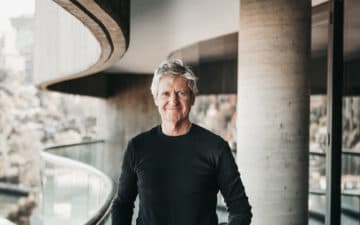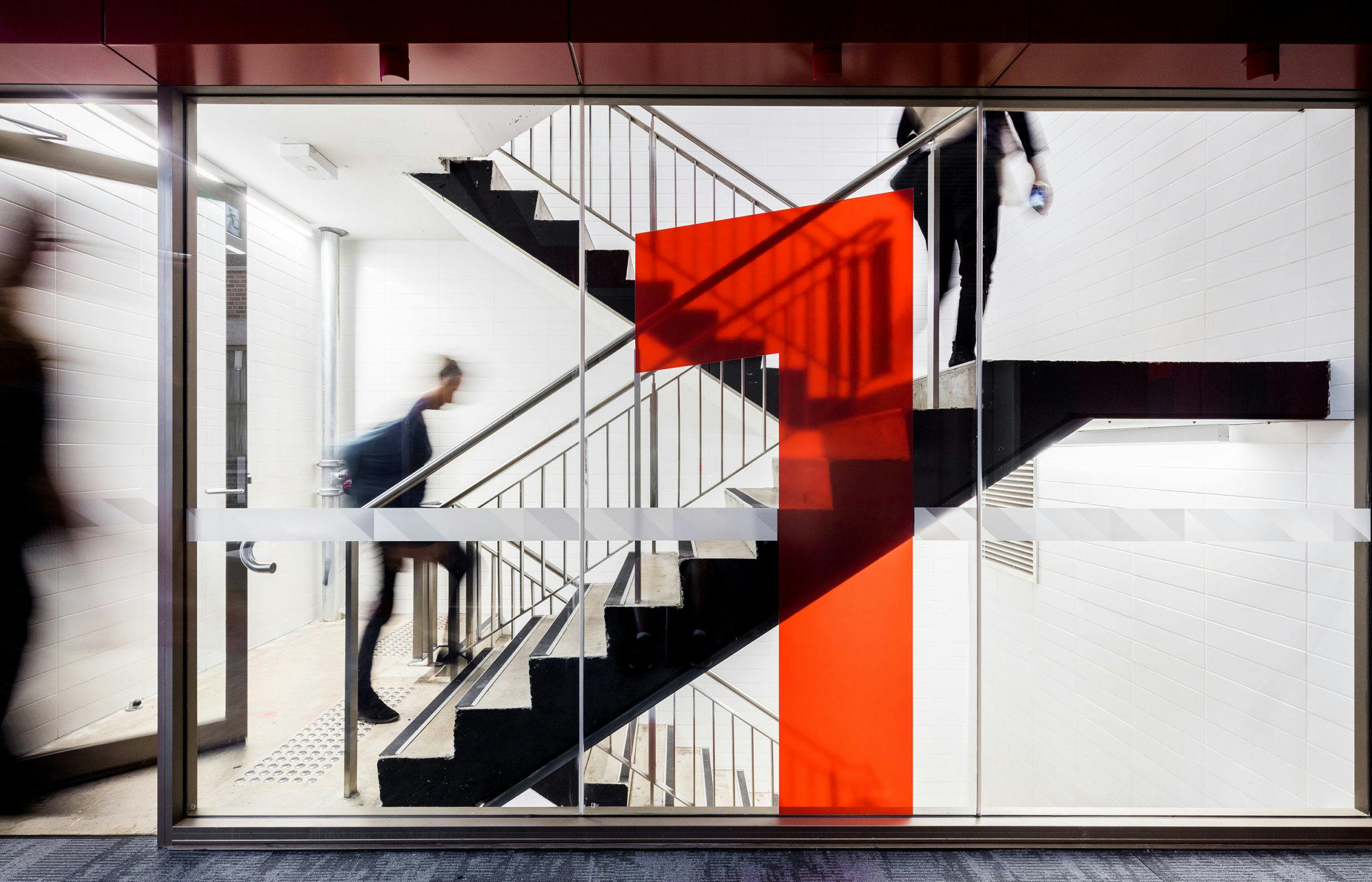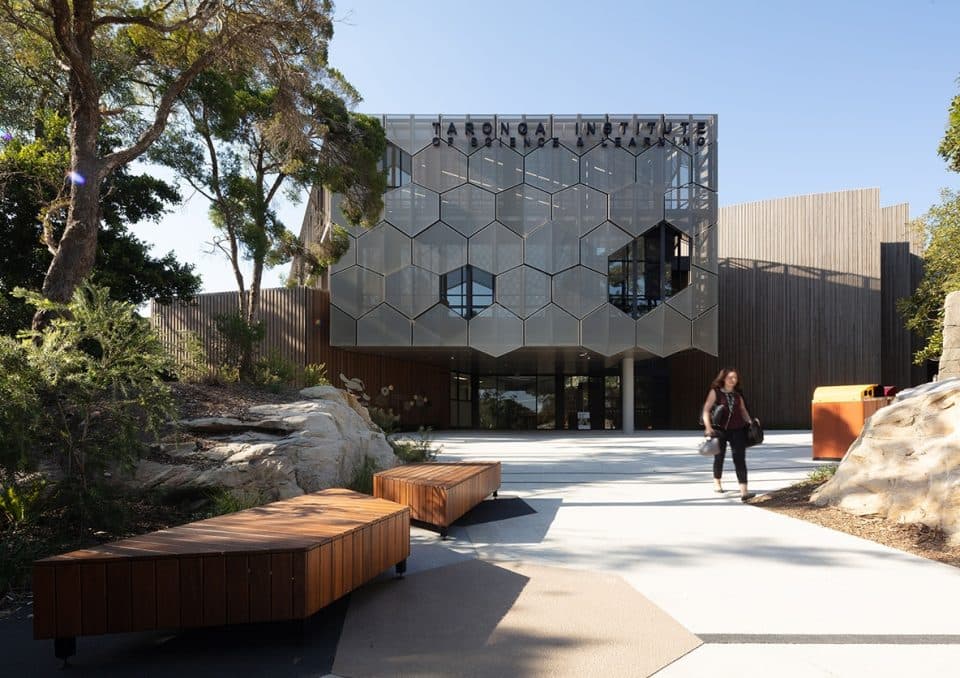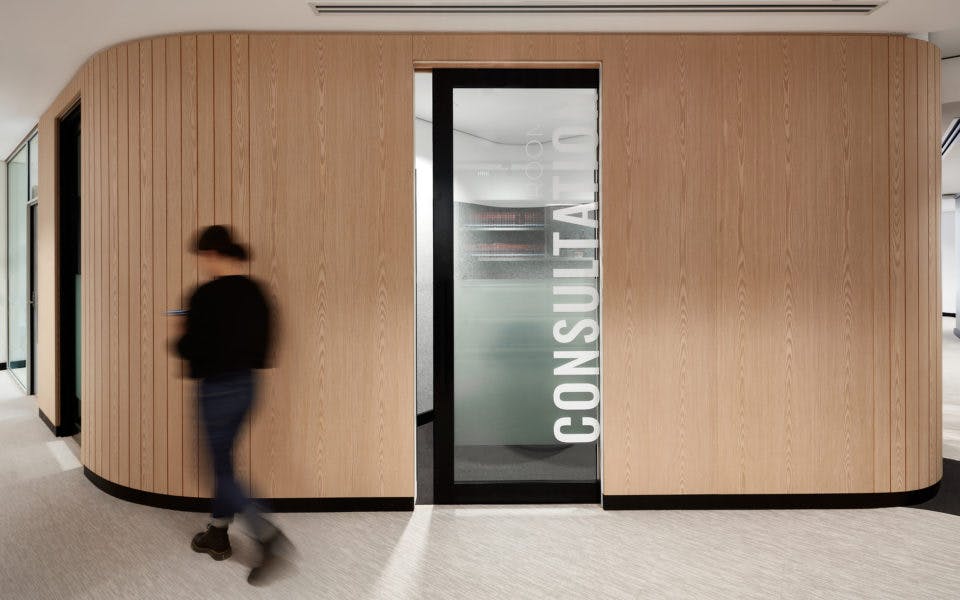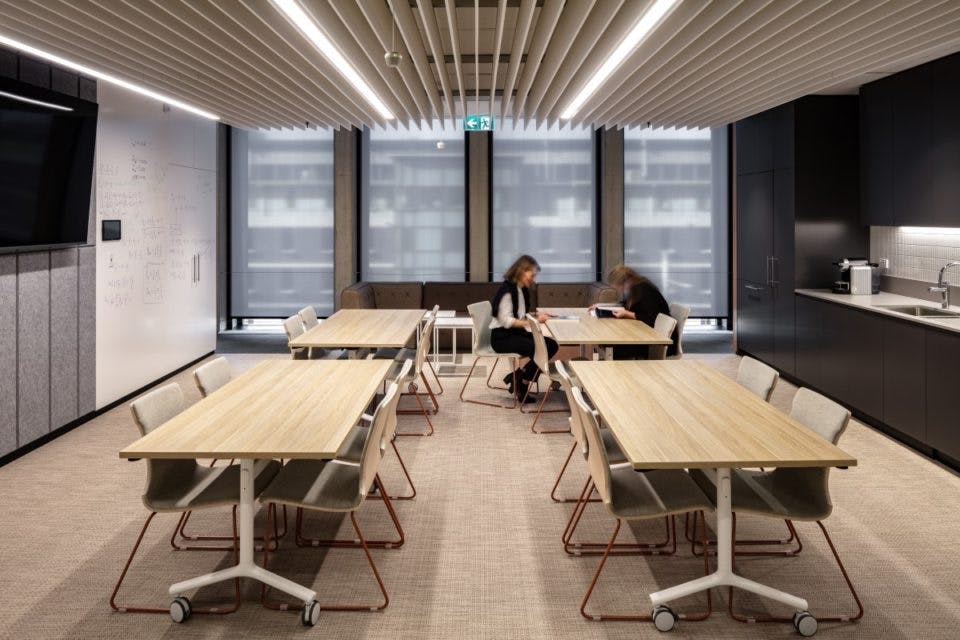Giving Innovation Momentum
Sometimes to take on the future, you have to reckon with the past. Through the adaptive re-use of a space designed in 1968, we turned a windswept outdoor passageway into a runway for the ideas of tomorrow.
E7A is one of Macquarie University’s oldest buildings. Companion building to E7B, it’s home to much of the science and engineering faculty, yet its closed concrete layout was at odds with the open, agile and collaborative ways of working today’s academics need to spark innovation.
Our task was to refurbish the building, while repurposing underutilised spaces to create an engaging working environment that supports collaboration alongside individual research efforts. The transformed building will feature a café, student spaces, new working spaces for academics, spaces for discussion and multi-function seminar spaces.
For many, the highlight of the project is the transformation of a windswept space between buildings into a light-filled enclosed street beneath three storeys of glass. A connective node to the revitalised buildings, alongside the removal of internal brick partition walls and reconfiguration, it improves wayfinding and brings people together.
More than just people-focused, the adaptive re-use of the existing buildings was a huge contribution to the project’s sustainability credentials. The glass atrium creates natural lighting and cooling, contributing to the expectation that E7A will be 50% more ecologically efficient than similar spaces.
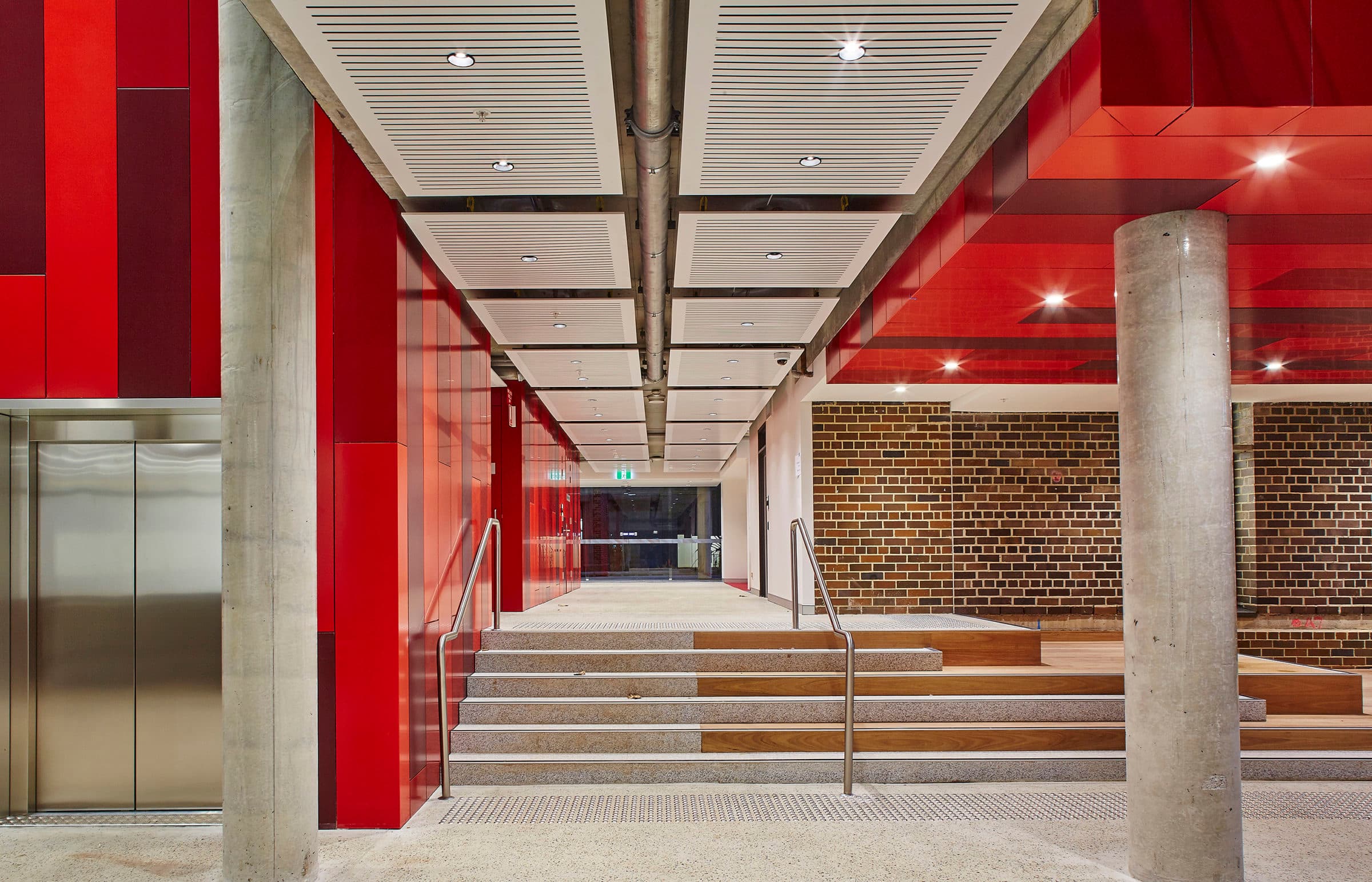
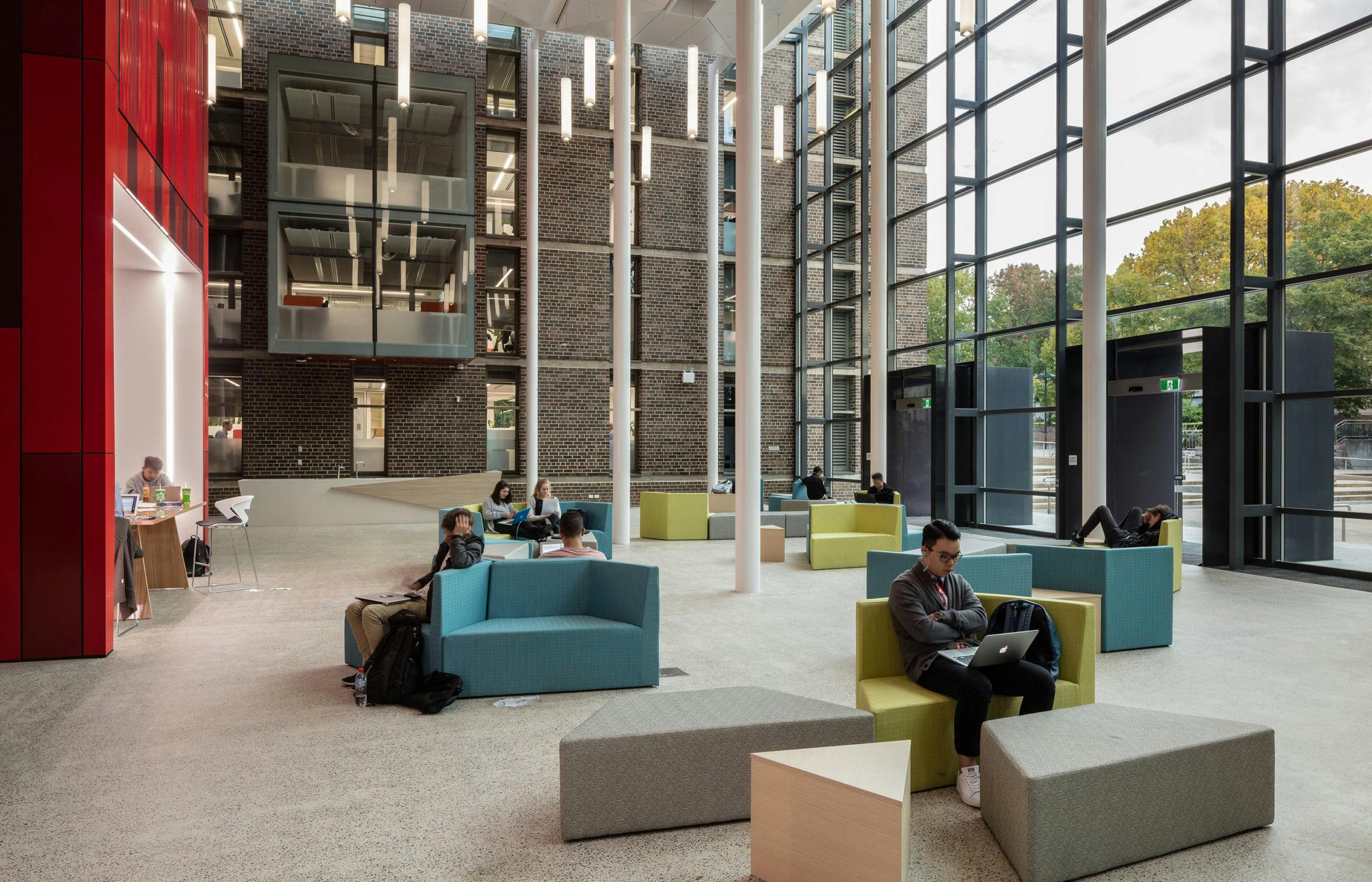
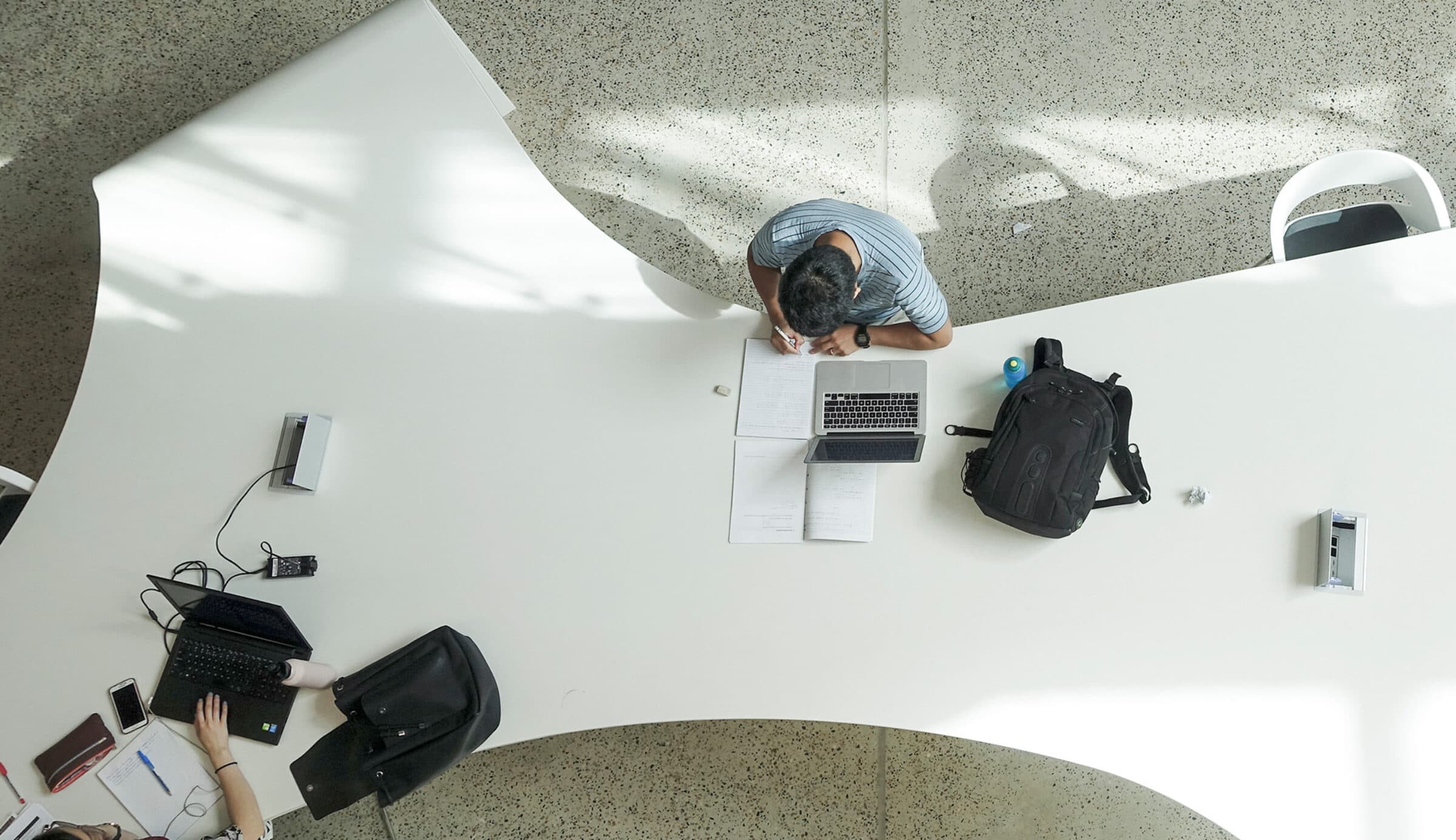
Tertiary education fosters great discussions. Reach out to make NBRS part of yours.
